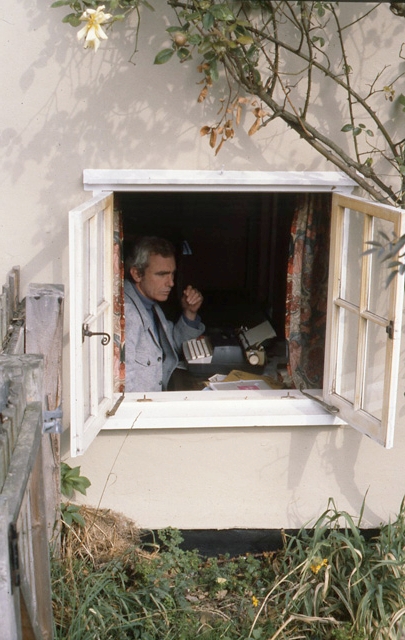Death Watch: Reading the Common Object of the Billycan in ‘Waltzing Matilda’
Keywords:
Banjo Paterson, bush ballads, billycan, swagmenAbstract
This is a reading of A.B. Banjo Paterson’s ‘Waltzing Matilda’ through the presence of the common and iconic object of the billycan: a presence that is significant – and ironic. The billy ‘may be heard’ (or read) without being particularly noticed. But when we pay closer attention, interesting things emerge. Its relationship with the Swagman isn’t simply instrumental: the billy doesn’t perform as might be expected. It doesn’t do its job. Yet it has a poetic role to play, an ironic one, and a thematic one – that invokes the contemporary concerns of the environment, the workplace, and Indigenous/non-Indigenous relations.The billy is that thing that, for instance, boiled in ‘Waltzing Matilda’. Or did it? If you know ‘Waltzing Matilda’ (if you know Australian literature) you know the billy’s there, but why? Is it there for reasons other than of plot or verisimilitude: to paint an authentic picture of bush-life? A picture that requires a break for its characters, a break characterised as an Australian tea-making ritual? In examining the billy in Australian ballads, a thematic consistency begins to emerge. Tea is one of those themes, but a fairly passive one. The themes that come through most strongly are of life and death, and spirit – of the human protagonists, but also of the billy itself. To this extent the billy can be read as a metonym for Australia, that of the life, death and spirit of the nation. The billy is an object – a can – that evokes life and death. Here, a Freudian pun is hard to avoid – the billy is uncanny.
Downloads
Issue
Section
Articles
License
The copyright for articles in this journal is retained by the author(s), with first publication rights granted to the journal. By virtue of their appearance in this open access journal, articles are free to use with proper attribution in educational and other non-commercial sectors.Attribution-NonCommercial-ShareAlike 2.1 Australia
This work is licensed under the Creative Commons Attribution-NonCommercial-ShareAlike 2.1 Australia License. To view a copy of this license, visit http://creativecommons.org/licenses/by-nc-sa/2.1/au/ or send a letter to Creative Commons, 543 Howard Street, 5th Floor, San Francisco, California, 94105, USA.
How to Cite
Death Watch: Reading the Common Object of the Billycan in ‘Waltzing Matilda’. (2010). Journal of the Association for the Study of Australian Literature, 10. https://openjournals.library.sydney.edu.au/JASAL/article/view/10135

